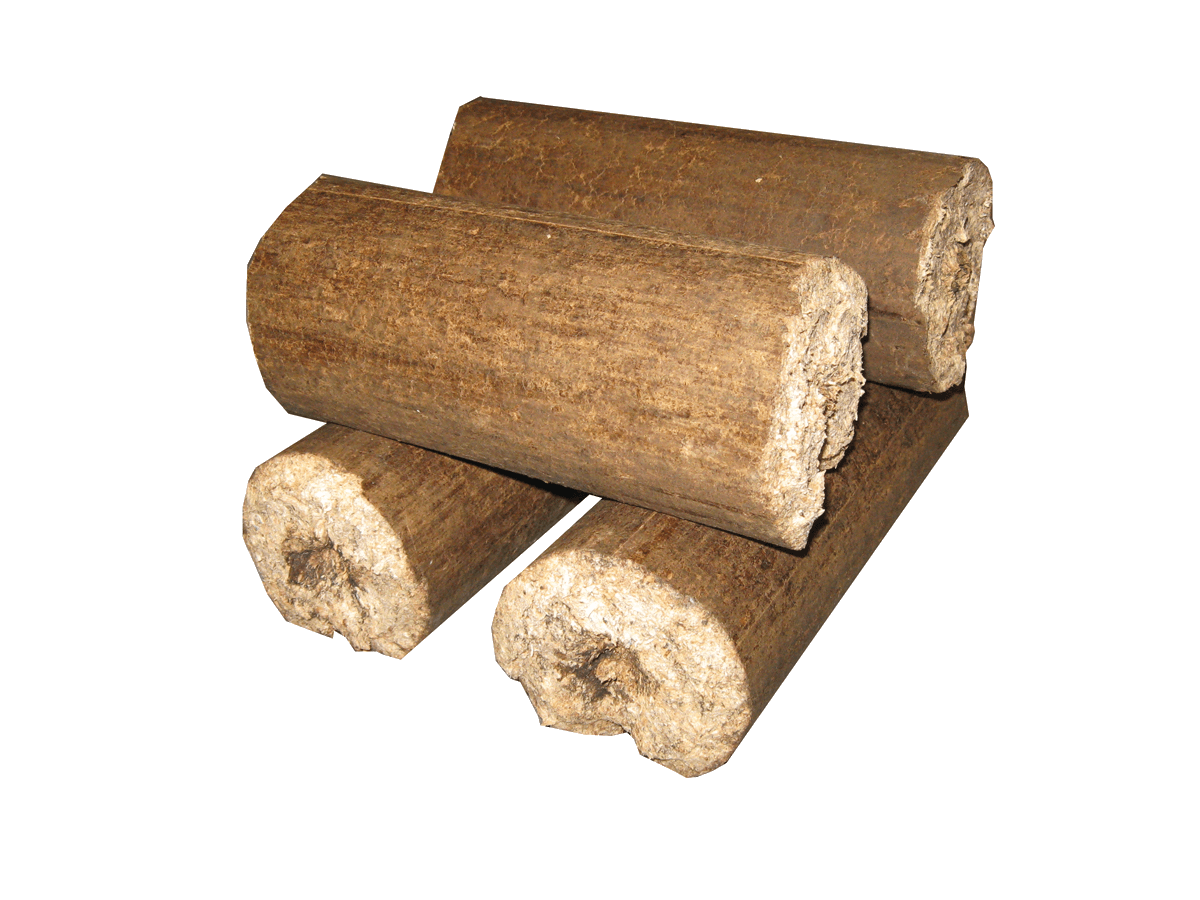Hello All:
Today is blustery and snowy but relatively mild, so it seemed a “fair” day to do this test.
Note: my husband did not split the wood. I know that’s incorrect - instead he ordered me a tabletop splitter so I can handle this myself. It hasn’t arrived. I moisture tested the first ten pieces of kiln dried wood I added today- and correct, they are showing a little wet for “kiln dried.” See image with average moisture content of 18% surface in the attached image.
Issue is, there isn’t any dry wood available. Local woodcutters don’t keep piles of seasoned wood on hand, and most kiln driers won’t even deliver here!
I called five kiln dry wood operations back in November- one agreed to deliver in two months -arriving next week- 2 didn’t call back, one said no, and one delivered in December. That is the wood we are using now.
So….I don’t have a solution for that other than wait a few years for the wood we have on site to dry. Not a good option.
Our wood is stored in a shed area off the barn. Sometimes snow blows in on it. We don’t have a place for interior storage.
——
The Lopi Answer Manual suggests a kindling start. I made dimensional lumber kindling of about 6” x 1” x 1.5” pieces and topped that with twigs of apple tree. Once that was fully ablaze, I added some tiny sticks of the kiln dried, and then the first three small pieces of firewood. This process took 25 minutes, all with the door open. I made a
video if anyone wants to critique it 🤣 (sped up to three minutes)
Our Esse Ironheart and Pacific Energy Super LE both use a different fire starting method that allows one to close the door and walk away MUCH earlier.
——
Re: Insulation. The floor is not insulated; it is OSB under pine board; i.e. 2” of wood, approximately. I’m disappointed about that; the builders didn’t think it would matter in that size space.
The ceiling is, I think, 6” of blue foamboard (three layers) and wood cladding on the interior. Metal roof.
There are a bunch of windows on the view side of the house (west.) The way the land is situated it didn’t make sense for southern or eastern exposure.
——
Summary of the Images and Data Attached: In today’s moderate temperatures, it took almost 3 hours to get the workspace to above 50 degrees. I can work once it is above 50. It took 5 hours to get the space to 68 degrees.
The total temperature gain in that 5 hours was 45 degrees inside, but the ambient outside temp rose 12 degrees during the same period, so I think we can say the stove is only responsible for a gain of 33 degrees.
Suggestions welcome

Things I can’t feasibly do:
-Purchase drier wood this year
-Insulate the floor
Thank you for all your thoughts and suggestions.
![[Hearth.com] New Lopi Answer- Questions [Hearth.com] New Lopi Answer- Questions](https://www.hearth.com/talk/data/attachments/290/290142-5df205cb1c2e9f9e300dd57d332580b6.jpg?hash=h8QocJWAue)
![[Hearth.com] New Lopi Answer- Questions [Hearth.com] New Lopi Answer- Questions](https://www.hearth.com/talk/data/attachments/290/290143-a928bb0a66717d0d6eae5f1b148bf326.jpg?hash=SBKsu3N_zf)



![[Hearth.com] New Lopi Answer- Questions [Hearth.com] New Lopi Answer- Questions](https://www.hearth.com/talk/data/attachments/290/290142-5df205cb1c2e9f9e300dd57d332580b6.jpg?hash=h8QocJWAue)
![[Hearth.com] New Lopi Answer- Questions [Hearth.com] New Lopi Answer- Questions](https://www.hearth.com/talk/data/attachments/290/290143-a928bb0a66717d0d6eae5f1b148bf326.jpg?hash=SBKsu3N_zf)
